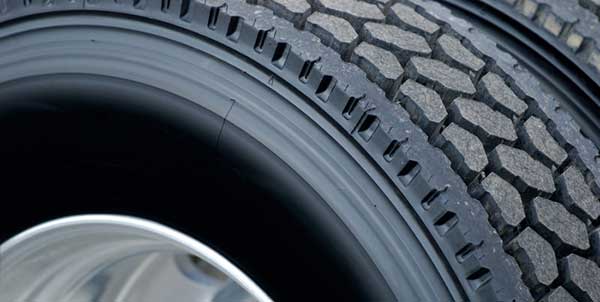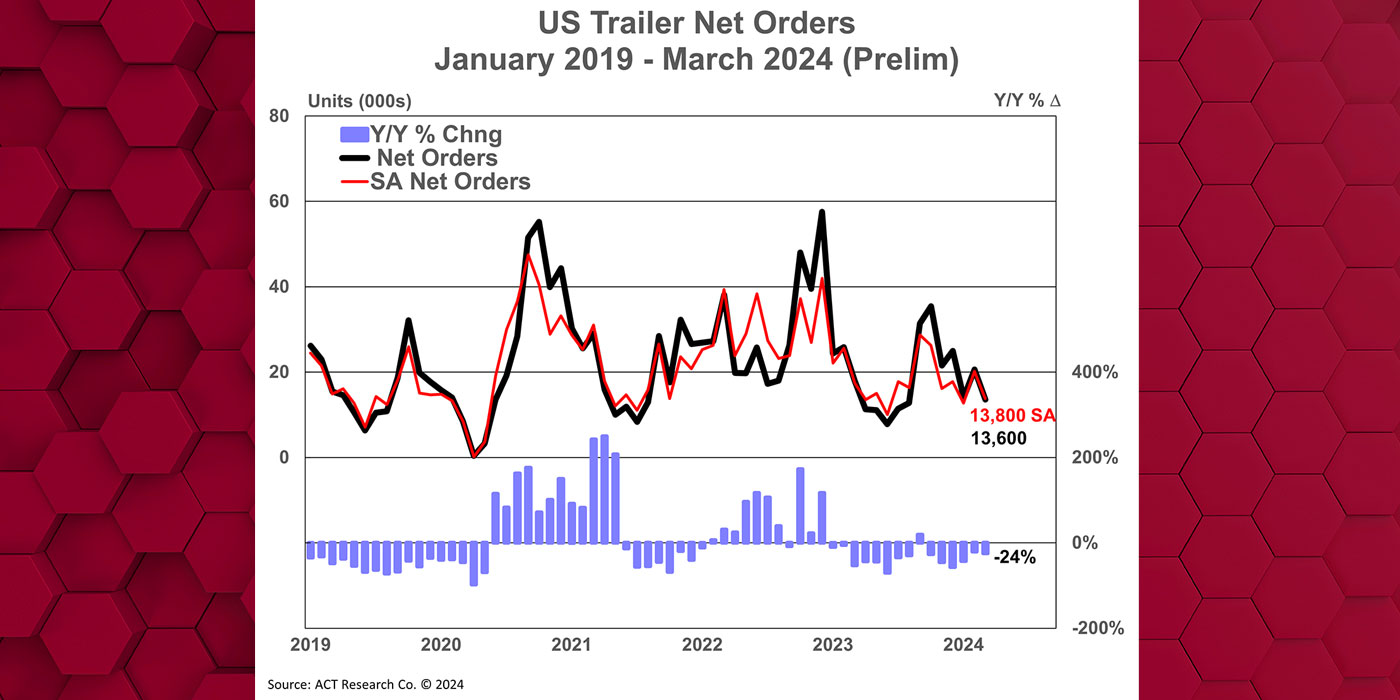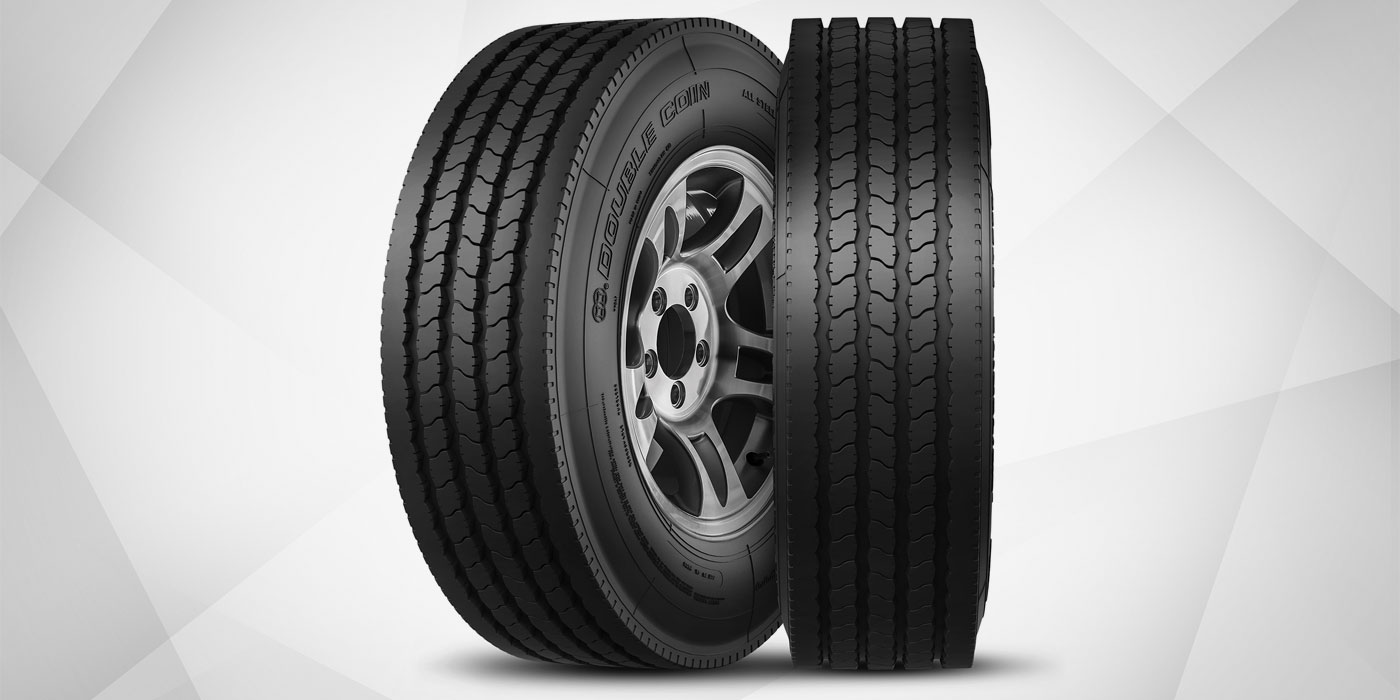Let’s take a look at four areas in which change is taking place in the commercial tire industry: consolidation among freight carriers, government regulations, final mile delivery and electric trucks.
Freight consolidation
In 2017, there were approximately 50 announced mergers among freight carriers. Estimates are that there is in excess of $10 billion (a 33% increase over 2017) in private-equity funds targeted for further mergers in 2018. Driver shortages and increased capital intensity due to the higher cost of equipment to meet government regulations are tailwinds fueling further consolidations.
So if we end up with fewer, but larger, freight carriers, how could this affect the commercial tire industry? Certainly the tire demands by the freight carriers will increase. Better rolling resistance or fuel efficiency and longer tread life will continue to be demanded by fleets in order to reduce their tire program costs. National account programs would most likely grow in popularity as large fleets purchase more tires through these programs. Service expectations by the fleets will increase as well, pressuring both the tire manufacturer and commercial service dealer to find ways to become more efficient in keeping the fleets’ equipment running and not sitting due to a tire issue.
Government regulations
Several recent pieces of government regulation have been enacted that impact the commercial tire industry—examples include the Electronic Logging Device (ELD) mandate and Phase 2 Greenhouse Gas (GHG) Emissions and Fuel Efficiency Standards for Medium and Heavy Duty Vehicles.
Complying with the ELD and GHG regulations requires a higher capital outlay to expand and/or replace equipment. In some cases, the increased capital requirements become insurmountable and lead to freight consolidation, and with the higher capital outlay, freight carriers look at ways to mitigate this. With tire program costs typically the second-highest operating cost for a fleet, managing these costs becomes a priority. Total cost of ownership of a commercial tire (purchase price + fuel efficiency + tread life + casing value) becomes more important, and tire manufacturers need to provide solutions to meet fleets’ needs.
Final mile delivery
With the growth of e-commerce, fewer and fewer people will be making a trip to the mall or grocery store. As final mile delivery grows in popularity, more miles will be put on commercial tires. Two changes that will most likely take place are increased demand for regional/pick up and delivery commercial tires and increased demand for smaller sizing. Service expectations by the final mile delivery fleets will be even more demanding on both the tire manufacturer and commercial servicing dealer, as well.
Electric trucks
Electric trucks will have different tire demands than their diesel counterparts. Torque on electric motors is different, and the commercial tires for these vehicles will need to be designed and optimized for any changes in torque requirements. In addition, designing computerized intelligence into the tire to allow real-time communications to the driver, or most likely a control center monitoring the driverless autonomous truck, will be needed.
Total cost of ownership
Whether change is due to freight consolidation, government regulation, final mile delivery or electric trucks, one thing all commercial tires have in common is the continual focus on lowering the total cost of ownership (TCO) of the tire. Meeting the fleet’s expectations with a competitive price, great fuel efficiency, long tread life and a quality casing built for multiple retreads is a constant goal for tire companies. However, even TCO isn’t exempt from change.














